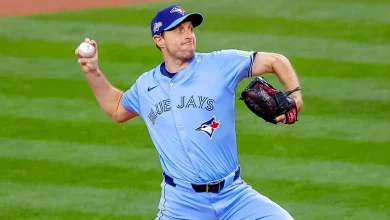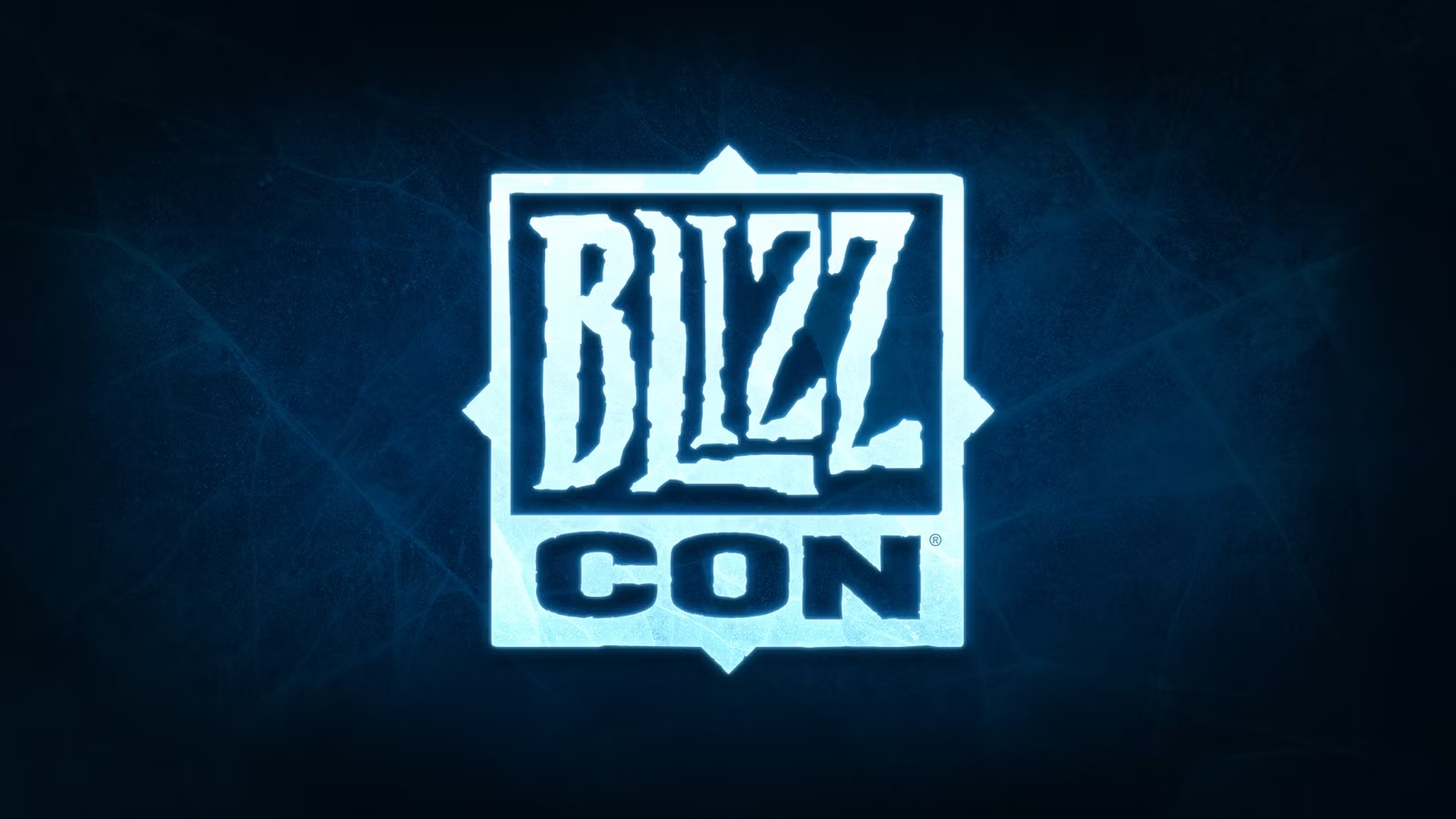Notre Dame midseason superlatives: Bad omens, second-half MVPs and the path to 10-2 – The Athletic

SOUTH BEND, Ind. — It took seven games, two losses and plenty of false starts to get there, but now, with Notre Dame’s biggest tests of the season behind it and five games remaining as heavy favorites, the Irish can stridently say they know who they are. And yes, it’s probably who head coach Marcus Freeman wanted them to be all along.
It’s been an autumn of trial and error, with the Irish now projected to cruise into the College Football Playoff. After a season of working to get everything right with a new quarterback and new defensive coordinator, Notre Dame has covered enough hard yards to believe it won’t get it wrong.
“I wish I could tell you that there’s been a game that it was perfect, and it hasn’t been that, period, in my career of playing or coaching,” Freeman said. “So you can’t rep something one time or maybe tell somebody, ‘Hey, if this happens, this is what we would do,’ and not practice it and have confidence that it’s going to be executed in the game.
“Usually, I think more importantly, you look at the mistakes that happen in games and you go back and say, ‘Why? Where did we have a preparation error, right?’ Somebody went the wrong way on a play. Well, we didn’t rep it enough, or we didn’t teach him enough, or he didn’t study it enough one-on-one and with his coach.”
Notre Dame is now repping, teaching and studying enough. That showed last Saturday night against USC, but it took root much earlier, back when the Irish felt like a crisis team after losses to Miami and Texas A&M, then being pushed by Purdue. Those moments are part of Notre Dame’s climb, too, and for reasons that aren’t entirely bad. By figuring out who they were not during those weeks, the Irish got to the place where they wanted to be.
Now comes a different kind of challenge, not staying static in the season’s second half.
“So you look for more,” Freeman said. “OK, we didn’t execute. Let’s go back and look at our process to Saturday and see where we failed and make sure that we enhance that preparation. So I don’t think there’s a clear line that says, ‘We got it.’ You just got to continue to rep it and rep it and then identify the problems after they happen and say, ‘OK, where in our process did we fail?’”
A deeper look at Notre Dame during its midseason break:
Biggest surprise
Notre Dame exited training camp with a belief that its defense would pick up under Chris Ash where it left off with Al Golden. When it struggled with communication and played a step slow at Miami, it was chalked up to the first game in a new system under a new coordinator. When it got shredded against Texas A&M two weeks later, it looked as if Freeman might have hitched his defense to the wrong horse. And by the end of Purdue, it felt as if the defense would sink Notre Dame’s season.
The Irish allowed 98 points through their first three games. The only time Notre Dame did worse was in 2007 on a team that finished 3-9.
And then the defense got better, so much that it locked down Arkansas, Boise State and NC State in succession before reducing USC’s pyrotechnic offense to a sparkler. Combined, Notre Dame held those schools to four touchdowns under their scoring averages.
It raises the question, what’s the bigger surprise? That Notre Dame started so poorly or that it has improved this much, this quickly? Either way, the whipsaw nature of the Irish defense has been hard to understand. No matter how much Freeman talks about execution and clarity and velocity, this kind of near-death experience is more complicated than that.
Biggest breakout
Is there another option?
During the summer Fan Survey, you predicted CJ Carr to be the runaway breakout player of Notre Dame’s season, and it’s tracked that way from opening night in Miami through USC, even if there have been bumps along the way. He’s on track to set the single-season passer efficiency mark, was a freshman All-American on The Athletic’s midseason team and has the Irish on the cusp of the single-season scoring record in points per game. It’s all been a dizzying ascent for Carr, who went from nearly not winning the starting job to being projected as a first-round pick after next season.
At his best, Carr stitches the offense together, able to attack every area of the field with his arm, both vertically and horizontally. With Jeremiyah Love and Jadarian Price at his back, the redshirt freshman gets crystal-clear looks at the defenses hellbent on taking away the run first … other than USC.
After more than a decade of waiting for Notre Dame’s next great quarterback, CJ Carr is here.
For the Irish to make another postseason run, they’ll need strong interior play from makeshift units on both sides of the ball. Michael Clubb / South Bend Tribune / USA Today Network via Imagn Images
Biggest omen
Notre Dame has started seven different defensive line configurations in seven games. It’s without its three best interior offensive linemen, perhaps for the rest of the season. For a program that prides itself on leading with its lines, it is stretched thin on both fronts entering November, with major tests awaiting in December and beyond. Can the Irish be what Freeman wants them to be without being at full strength in both trenches?
The Irish basically lived this reality last season as Howard Cross battled an ankle injury through November and Rylie Mills got knocked out of the CFP against Indiana with a knee injury. That doesn’t get to losing Jordan Botelho and Boubacar Traore to ACL injuries in September. Notre Dame shuffled its offensive line throughout last season, too, playing without Charles Jagusah all regular season, losing two starters to injury and benching a third, then losing starting left tackle Anthonie Knapp in the semifinal against Penn State.
There are limits to every program’s depth, which Notre Dame saw in the national championship game, when its compromised defensive line couldn’t pressure Will Howard. The Irish should be fine with this year’s makeshift lines through the rest of the regular season. But to make another postseason run, it needs a streak of medical good fortune.
Five (necessary) second-half risers
Joe Otting: Ready or not, the starting center job became Otting’s for the rest of this season the moment Ashton Craig’s left knee buckled against NC State. And after his performance against USC, that’s suddenly not the worst thing in the world. Last season, the Irish had to replace Craig for three games with the veteran presence (and voice) of Pat Coogan. It worked out nicely. Will Otting write the same story, just without the pregame speeches to go with it? One game isn’t enough of a sample to bet the house on the redshirt sophomore, but Notre Dame should feel a lot better about Otting today than it did a week ago.
Tae Johnson: From the opening practice of camp when Johnson picked off Carr twice, it felt as if the redshirt freshman had star potential in a way Notre Dame’s other safeties don’t. It’s hard to find 6-foot-2, 192-pound safeties that move like Johnson does, which showed near the goal line against USC. It’s also a learning process for young safeties on how to play deep zone coverages, which also showed against USC. Johnson will be tested against Navy’s option attack, but the bigger exam is probably coming in the postseason. Johnson isn’t the next Kyle Hamilton, but it’s not a ridiculous comparison.
Dallas Golden: Somebody had to be the weak link in the secondary, and there’s no shame in that being Golden considering the staff moved him to nickel on game week before Purdue, then let the freshman figure it out on the fly. Against USC, it looked as if Golden was starting to get it. And with DeVonta Smith’s availability trending toward a season-long question, Golden needs to make his performance against the Trojans a regular thing. He might not be having a freshman season on par with Leonard Moore a year ago, but he’s playing a much harder position that’s eaten freshmen alive in previous seasons.
Sullivan Absher: Notre Dame rotated Guerby Lambert and Absher at left guard against Miami before settling on Lambert for the job. Now Absher could get a five-game run in the starting lineup after Billy Schrauth went down with a left knee injury that might shelve him for the regular season. In theory, Absher will be keeping the position for Schrauth until the CFP, but with Notre Dame now down its first-choice center and left guard at the same time, this isn’t an uncomplicated switch. Yes, Notre Dame has champagne problems on the offensive line. But it’s still a problem for Absher to help fix.
Any defensive tackle: Gabe Rubio could be sidelined through the regular season with a serious elbow injury, removing the most productive of Notre Dame’s defensive tackles. And yet, the position rose up collectively against USC as Jared Dawson, Donovan Hinish, Elijah Hughes and Jason Onye all worked over the Trojans’ offensive line. The eight pressures from defensive tackles were Notre Dame’s second-highest of the season. There’s probably not a dominant defensive tackle within this group, but if the players can repeat last weekend through November, it probably guarantees Notre Dame’s defense will continue to grow.
Notre Dame’s remaining schedule
DateOpponentWin probability
Nov. 1
94%
Nov. 8
91%
Nov. 15
73%
Nov. 22
96%
Nov. 29
96%
Shaded dates are road games. Win probability odds courtesy of Austin Mock’s CFP projections model.
Predicted final record
No surprise here. Much like Notre Dame at midseason a year ago, it feels like the Irish are on a smooth road to the College Football Playoff, again closing on a 10-game win streak. USC is out of the way instead of being the regular-season finale. There are three road dates, but Notre Dame will be heavily favored in all of them. The offense feels a bit all over the map lately, even if it’s putting up historic numbers. And defensive coordinator Ash feels as if he’s got enough on his call sheet that the players understand to make the defense a consistent contributor through November. For those who prefer to take it “one game at a time” it’s almost safe to look ahead to the CFP, potential opponents and log some rooting interests that could help Notre Dame’s seeding. Success for Notre Dame this season was always making the CFP and rolling the dice on another run. The schedule says the Irish have five games remaining. But what if Notre Dame actually has another nine to play?
Final record: 10-2




